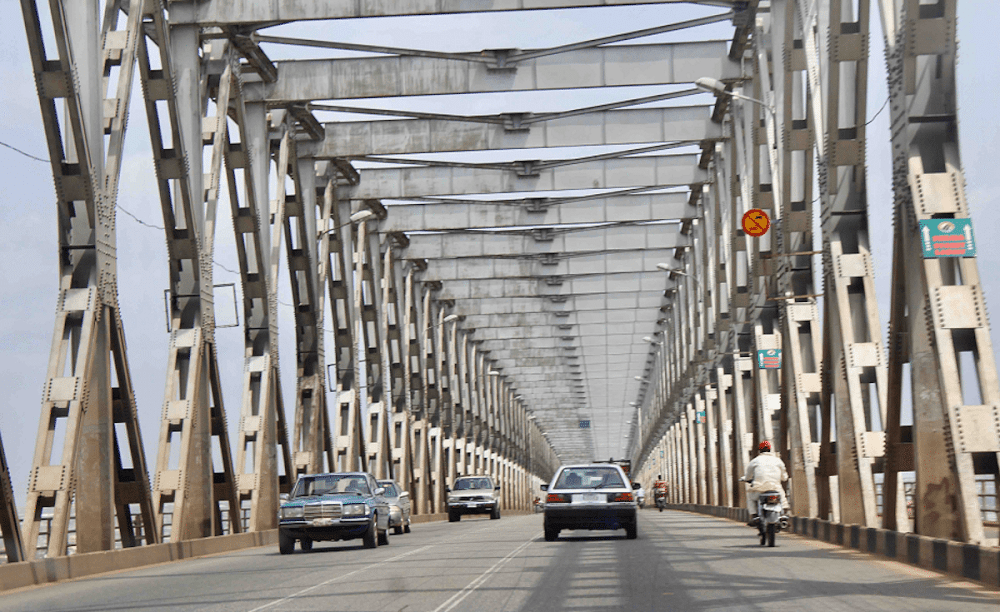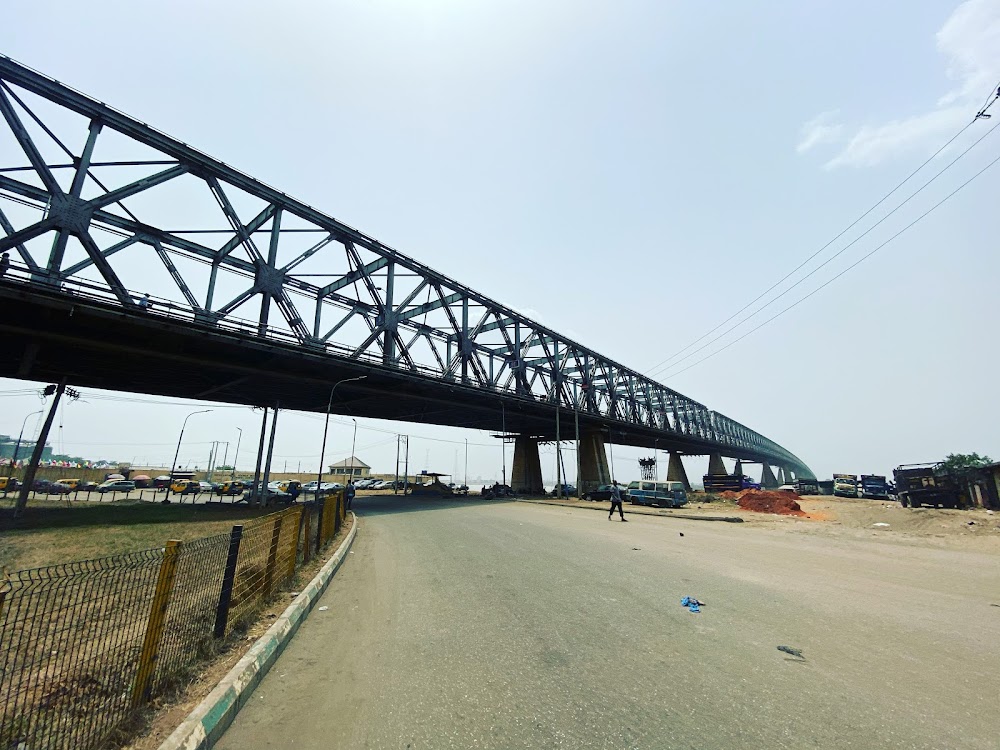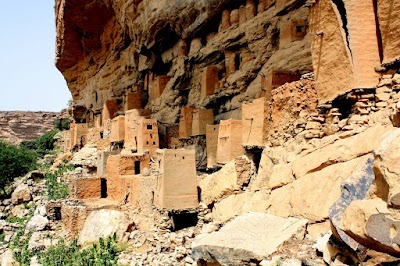Niger River Promenade (Promenade du Fleuve Niger)
Related Places
Overview
The River Niger Bridge in Onitsha is a vital piece of infrastructure that connects the bustling southeastern Nigerian city of Onitsha to other regions of the country. It's important to clarify that while there may be some confusion, this iconic bridge is not situated in the Ségou Region of Mali; rather, it stands proudly in Nigeria. Inspired by the architectural marvel of the Onitsha Bridge, we now delve into the conceptual Niger River Promenade envisioned for the Ségou Region.
The idea for the Niger River Promenade emerged from a desire to enhance local tourism and create a picturesque recreational area for residents. This promenade will stretch gracefully along the banks of the ancient Niger River, offering breathtaking views, serene walking paths, and inviting communal spaces for social gatherings.
Planning for this ambitious project began several years ago, with architects and city planners looking to successful developments worldwide for inspiration. They were particularly drawn to the aesthetic beauty and practical functionality of the River Niger Bridge in Nigeria, which is celebrated for its elegant design.
Construction of the Niger River Promenade initiated with a thorough environmental impact assessment to ensure that the project would harmonize with the local ecosystem. With the assessment's findings in hand, engineers and workers began the foundational work. The promenade's design thoughtfully integrates traditional Malian architecture with modern technologies, ensuring it complements its natural surroundings while providing advanced amenities.
Large areas of the riverfront were skillfully cleared and prepared for various segments, including lush garden spaces, comfortable benches, and charming cobblestone pathways. Builders sourced many materials locally, supporting the regional economy and minimizing the project's carbon footprint. Local artisans, including stone-cutters, carpenters, and blacksmiths, contributed their craftsmanship, adding unique touches such as intricate stone carvings and sturdy wooden benches.
At the heart of the promenade lies a cultural pavilion, envisioned as the social hub of the development. This pavilion will host live performances, art exhibitions, and cultural fairs that celebrate Mali’s rich heritage. With its high, domed ceilings, open-air sides, and traditional geometric patterns, the pavilion beautifully fuses function and aesthetics, making it a focal point for visitors.
Accessibility was a priority in the promenade's design, with carefully constructed ramps and level paths to ensure it welcomes everyone, including individuals with disabilities. Additionally, security measures were thoughtfully integrated, featuring discreet surveillance systems to safeguard visitors while preserving the area's natural charm.
As construction progressed, the local community actively participated in regular feedback sessions with project planners, ensuring that the promenade aligned with their needs and desires. This collaborative approach fostered a sense of ownership among residents, deepening their connection to the project.
Upon its completion, the Niger River Promenade quickly emerged as a beloved destination for both locals and tourists. Families enjoyed leisurely strolls along the riverbanks, children delighted in designated play areas, and street vendors offered a taste of traditional Malian snacks and crafts. The promenade also became a venue for numerous local festivals, attracting international visitors and boosting the local economy.
The success of the Niger River Promenade in Ségou is a testament to the power of visionary planning, community engagement, and a commitment to cultural and environmental preservation. Just like the River Niger Bridge in Onitsha, this promenade has become an iconic part of the region, seamlessly blending practicality with aesthetic beauty to create a vibrant hub for social and cultural life.









